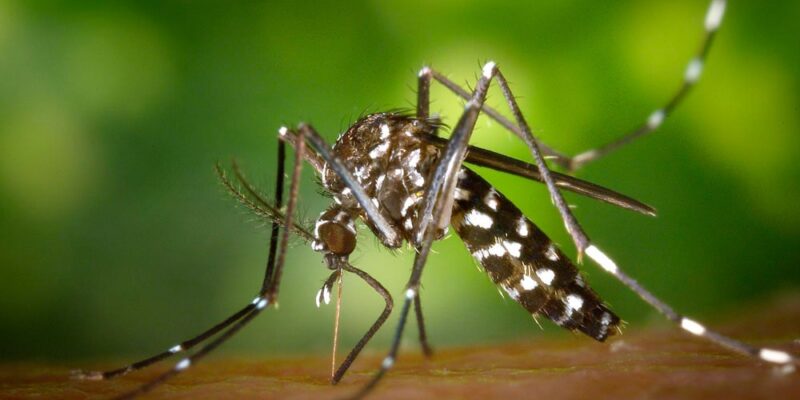Pest control has evolved significantly over the past few decades, with advancements in technology and techniques making pest management more efficient, targeted, and environmentally friendly. Traditional methods of pest control, such as the use of chemical pesticides, are being increasingly replaced or complemented by innovative solutions that focus on sustainability, precision, and minimal harm to humans and the environment. Here are some of the most exciting innovations in pest control technology and techniques.
1. Smart Traps and Monitoring Systems
One of the most significant advancements in pest control is the development of smart traps and monitoring systems. These systems use sensors and wireless technology to track pest activity in real-time. For example, electronic traps for rodents, mosquitoes, or insects can detect when a pest is captured and send a notification to a device or mobile app. This allows professionals or homeowners to monitor infestations without needing to physically inspect traps.
Additionally, integrated pest management (IPM) systems, which combine smart monitoring with automated treatments, are becoming more popular. These systems use data analytics to optimize pest control efforts, ensuring that interventions are applied only when necessary, reducing waste and chemical use. This technology is particularly useful for large-scale applications, such as in agriculture, warehouses, or commercial properties, where monitoring pest activity is crucial for effective management.

2. Biological Control and Insect-Specific Pest Solutions
The use of biological control, which involves introducing natural predators or competitors to control pest populations, is a rapidly growing field. For example, the release of genetically modified mosquitoes that are sterile or carry a gene that limits their ability to reproduce is showing promise in controlling populations of mosquitoes responsible for transmitting diseases like malaria and Zika virus.
Similarly, researchers have developed biocontrol agents—such as parasitoid wasps, predatory beetles, or nematodes—that can specifically target pest species while leaving beneficial insects unharmed. These innovations reduce the need for chemical pesticides, which can have negative effects on the environment and non-target organisms. By promoting natural control, biological methods offer a sustainable and eco-friendly alternative.
Conclusion
Innovations in technology and techniques are changing the way we manage pests, making it possible to control infestations more effectively, efficiently, and sustainably. From smart traps and drones to biological controls and AI-driven pest management, these advancements offer new solutions that reduce our reliance on harmful chemicals and minimize the environmental impact. As the field continues to evolve, we can expect even more innovative approaches to pest control that prioritize sustainability, precision, and safety, ensuring a healthier environment for both humans and wildlife.













Comments